I was pretty actively in making the Assembly computer festival event and the live TV broadcasts made them in the late 1990′s and early 2000′s (and still somewhat in some later years). Here are some tricks learned on that era:
Triax cables are used in TV broadcast industry for TV camera interconnections (connecting camera to CCU and supplying power to camera). Triaxial cables are constructed with a solid or stranded center conductor and two isolated shields. I was told (by a guy that was wondering what the heck I was doing) that national TV broadcasting company YLE typically sent their triaxial cables abroad to special company for repair.
I have correctly re-terminating triaxial cable to it’s connector on the field with leatherman multitool, small soldering iron and some basic tools. The cable end was damaged on use because the connector was originally installed incorrectly (one piece was put in wrong way). This camera cable in use in on location TV broadcasting setup and was was used in 15 minutes after repair in live TV broadcast.
I also made some makeshift adapter connectors from old antenna coax connectors that allowed me to make connection to triaxial connectors. This later allowed to use coax cable testing tools with them and run coax video signal over long fixed triax cable infrastructure wiring at location.
Saving one arena event video system by building several DIY get rid of video ground loop noise boxes from parts I had in hand one night and selling them to audio/video rental company after the event. I have written about those ground loop noise reducing boxes at
https://www.epanorama.net/blog/2009/09/06/build-humbugging-transformer/ and https://www.epanorama.net/blog/2009/09/15/build-video-isolator/ and https://www.epanorama.net/blog/2010/08/12/audio-isolation-transformers/.
I have also built some adapters to transport video signals over twisted pair wiring as described at https://www.epanorama.net/blog/2013/09/29/video-over-utp/. I also used clamp meter to troubleshoot ground loop problems.
One other McGyver trick was tracing where some unmarked connectors on the broadcasting connection point go and mark them correctly. I used DIY signal sender and DIY inductive amplifier to trace down the other end on the BIG media cross-connection central panel (few rack cabinets pretty much full of XLR connectors). I used the circuits I have described at https://www.epanorama.net/blog/2013/03/05/cable-tracing-inductive-amplifier/ in the process.
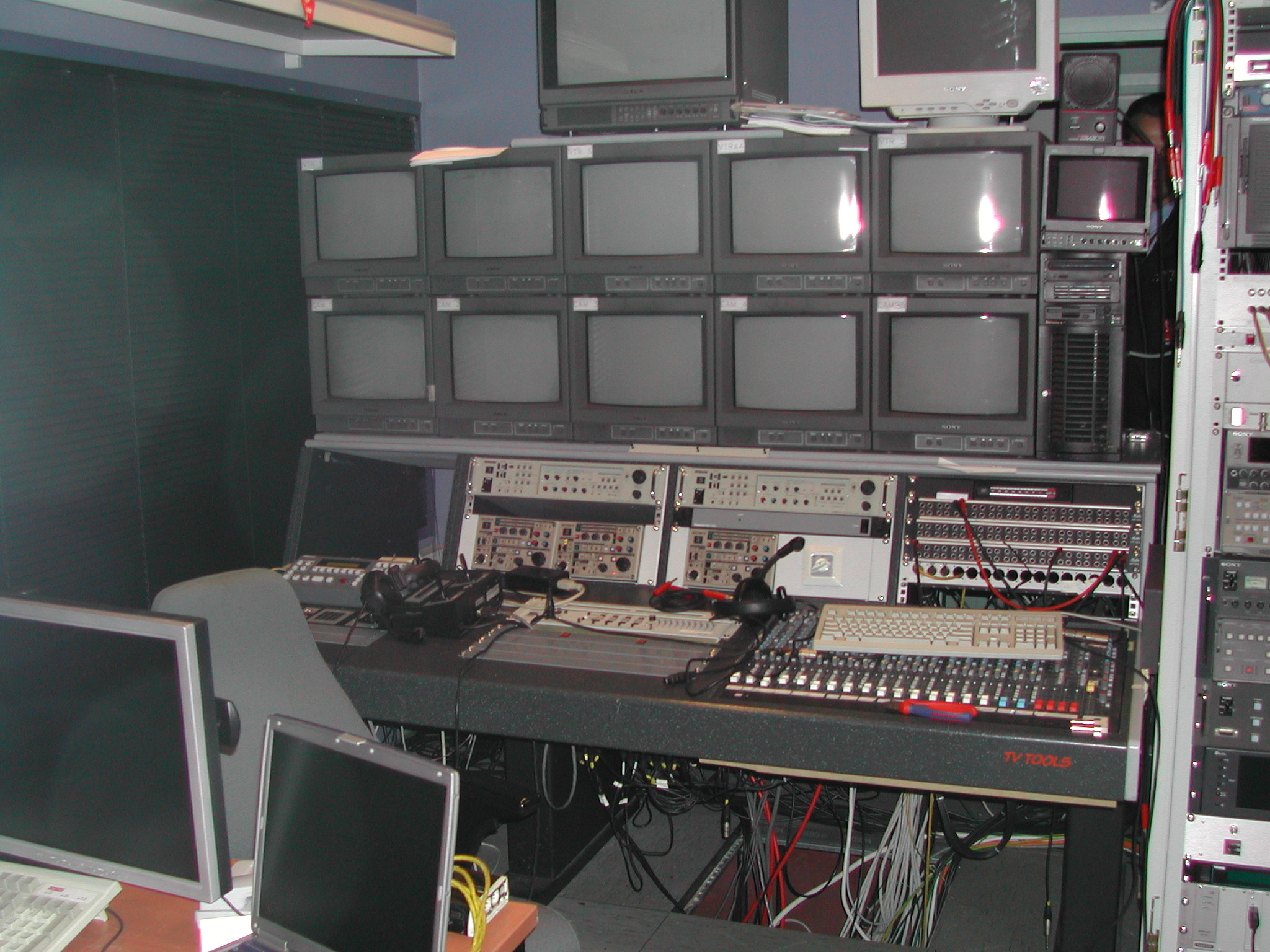
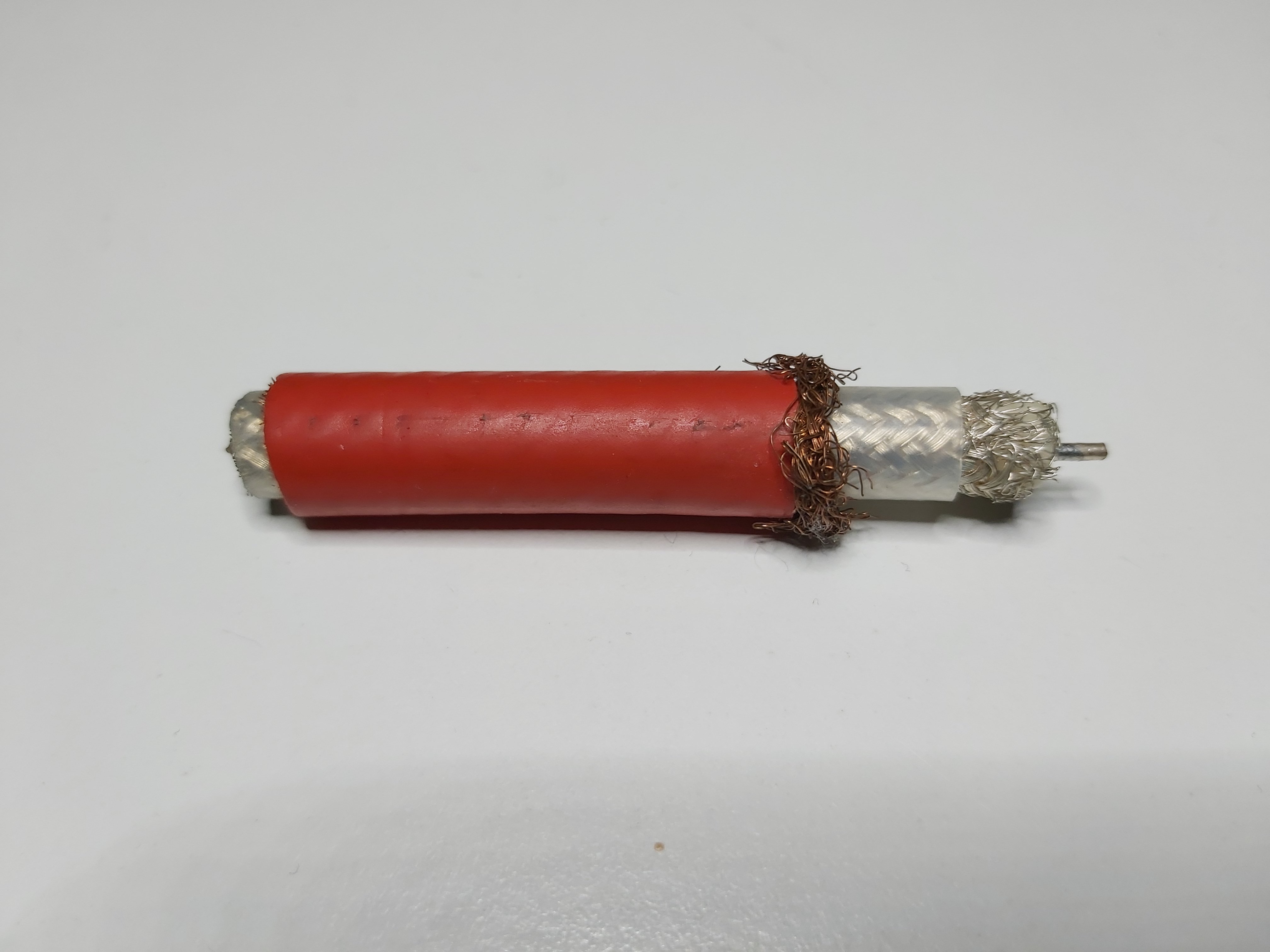
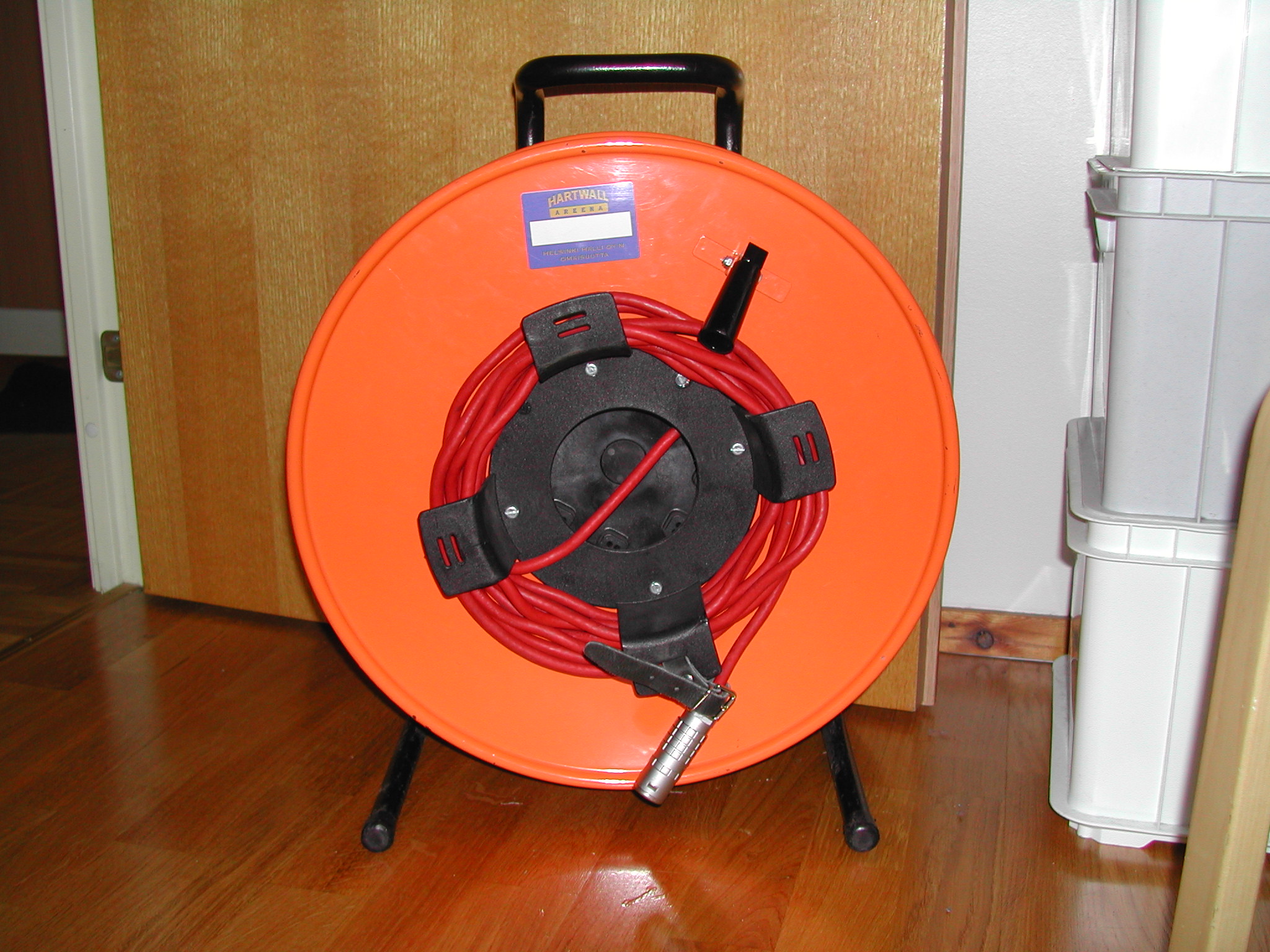
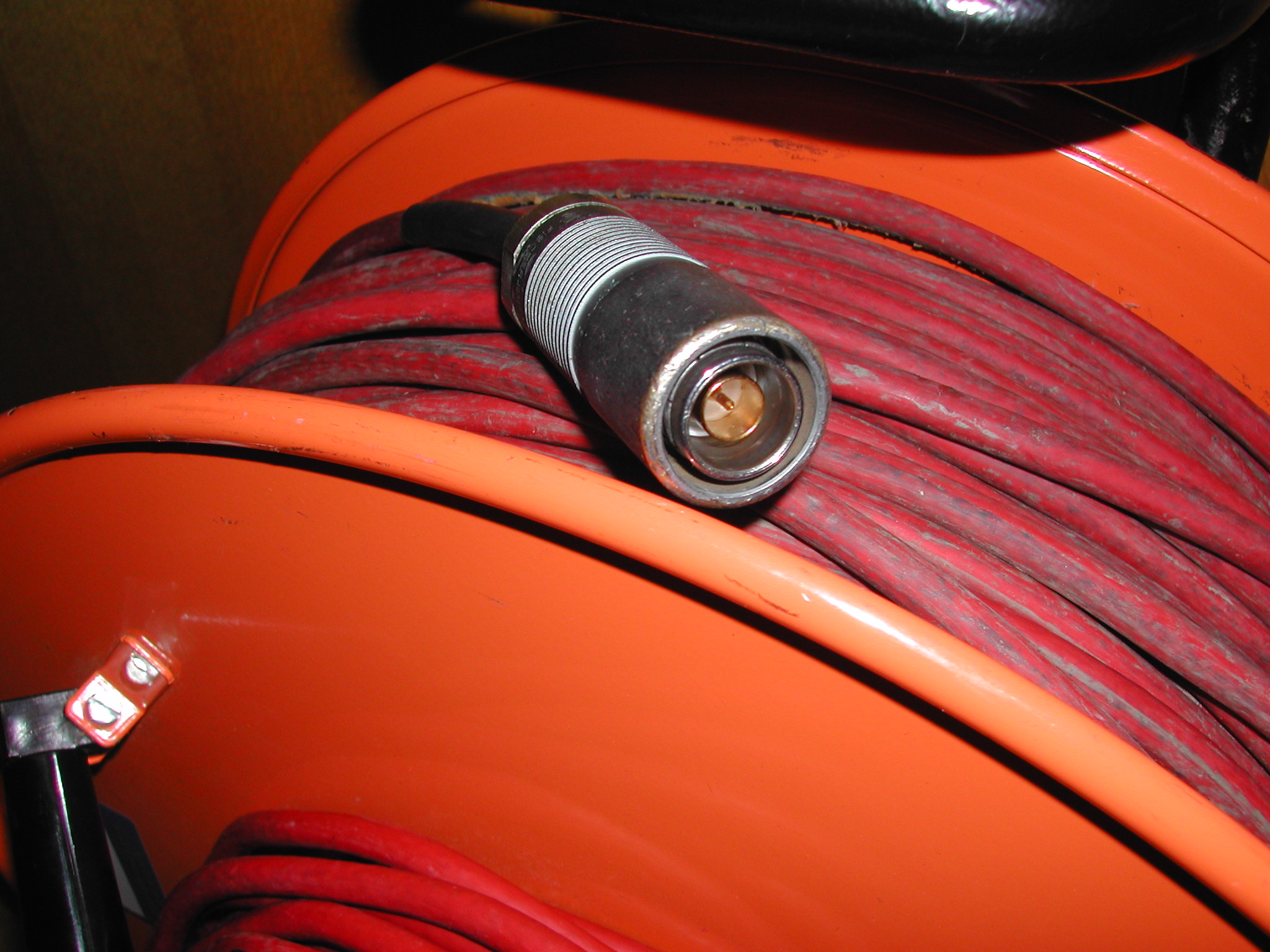
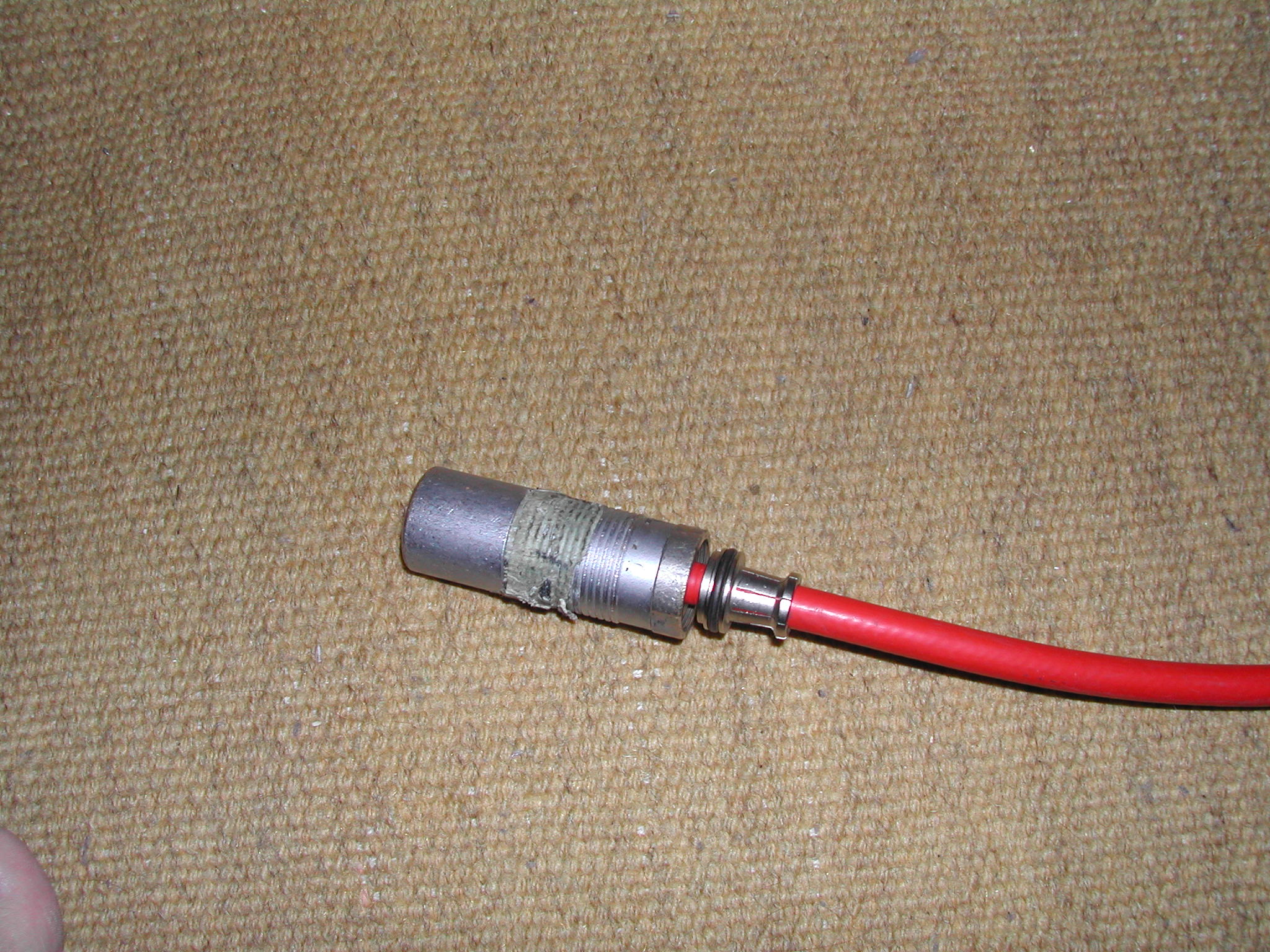
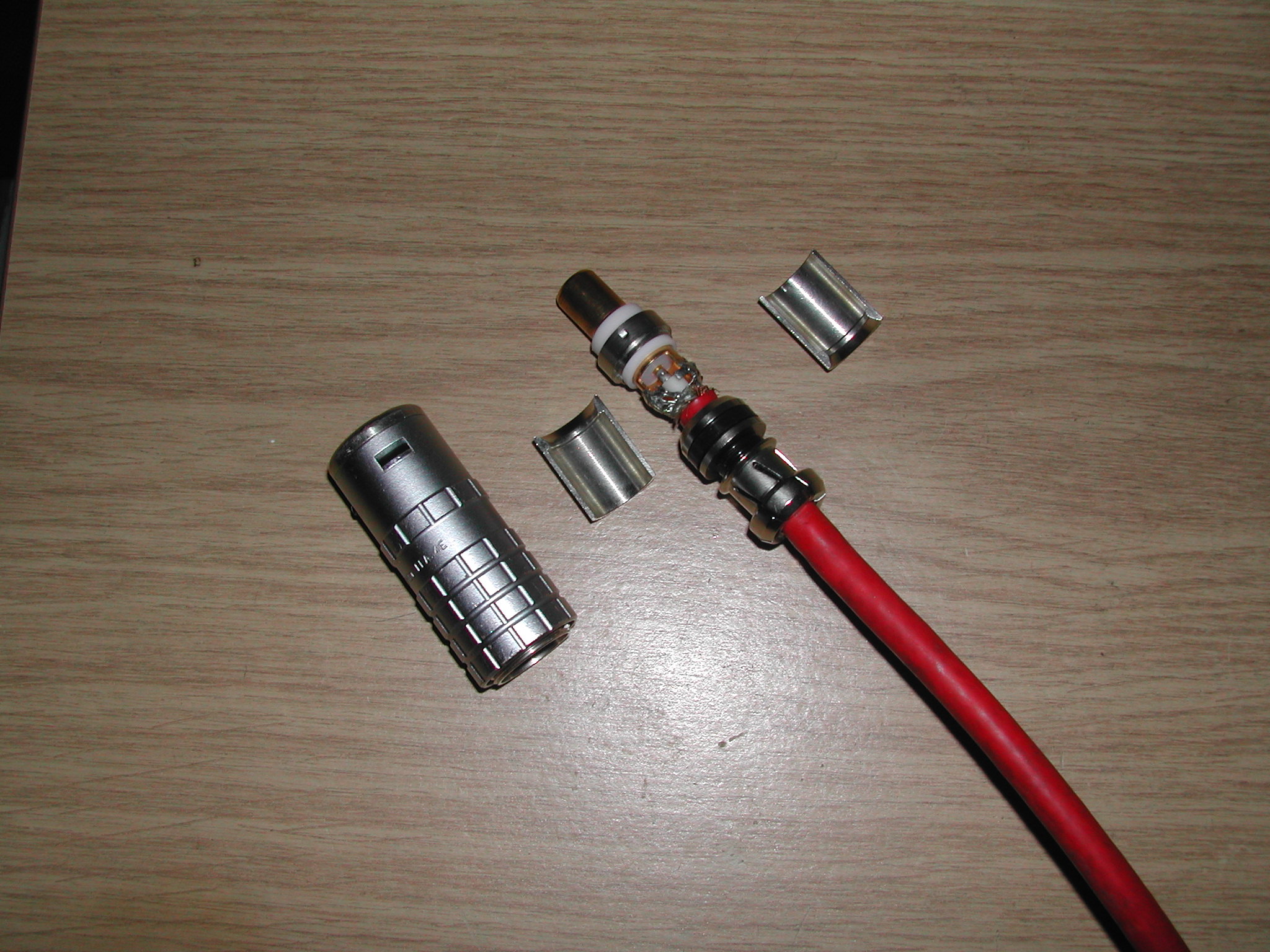
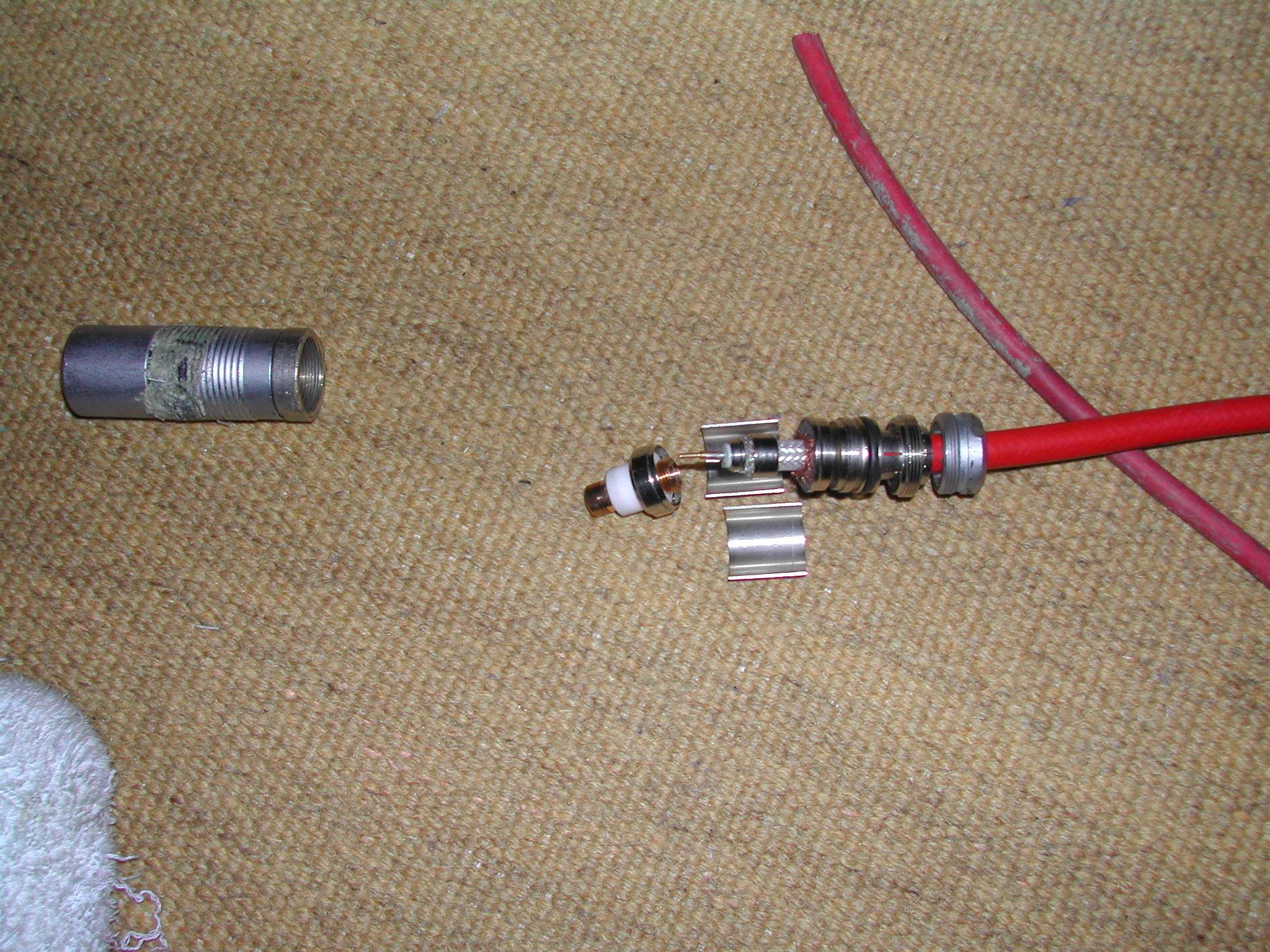
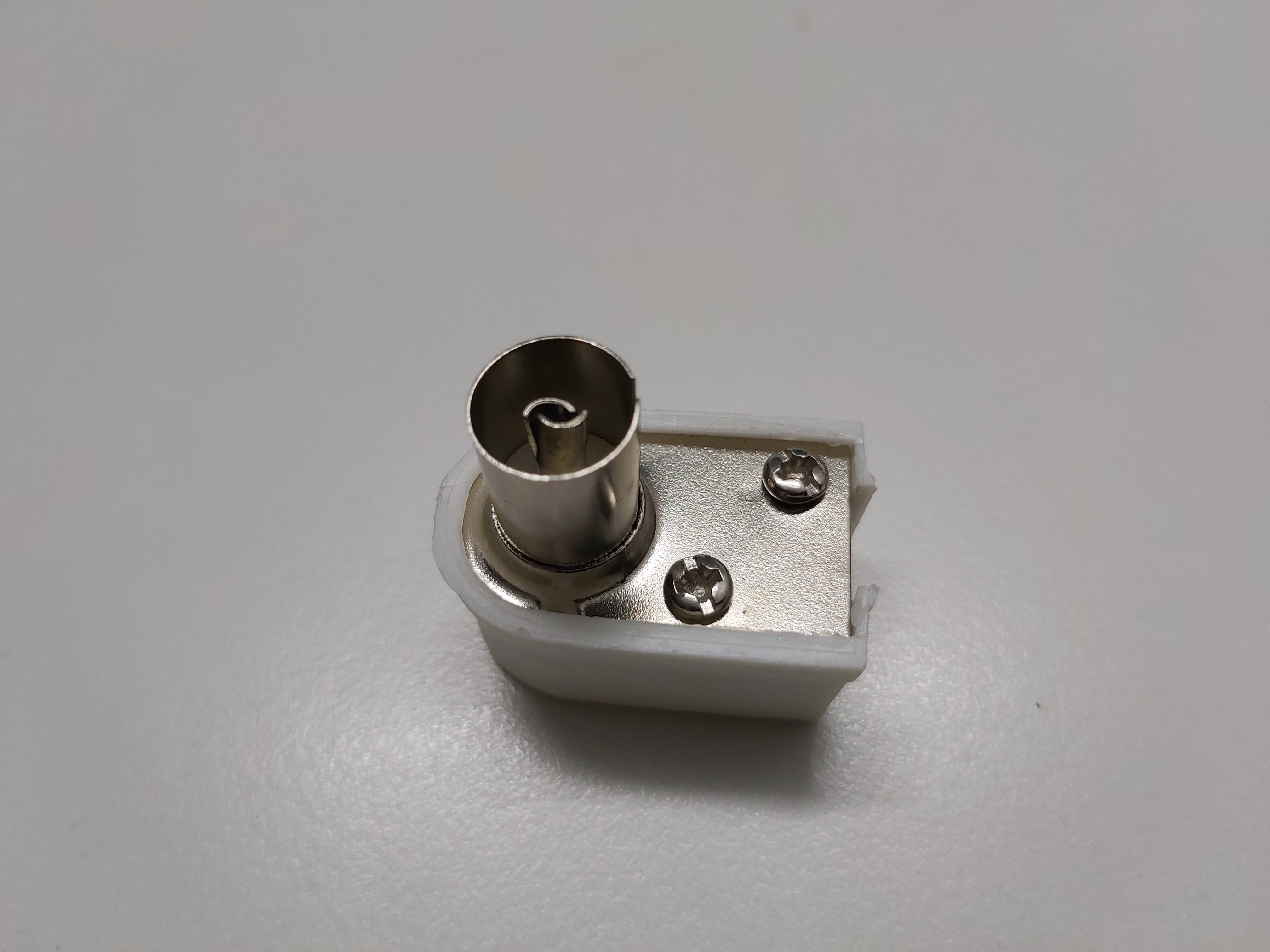
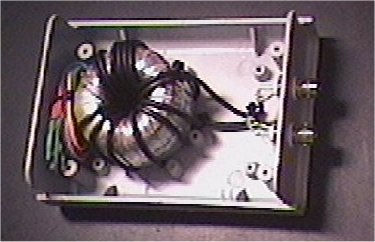
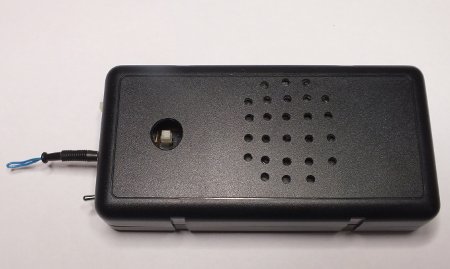
17 Comments
Tomi Engdahl says:
https://www.epanorama.net/blog/2010/08/08/cool-thing-from-assembly-summer-2010/
Tomi Engdahl says:
Triaxial Cable Termination Video
https://www.youtube.com/watch?v=QS5jnfmvEyI
How to Make a Tri-axial Cable
https://www.youtube.com/watch?v=ELjSMnuAtWc
From the Low Temperature Lab: Triax cables are useful for shielding noise from your signals. Buying triaxial cables are is expensive, you can make your own for about half the cost. But making them is tricky. This video shows how to make tri-ax cables.
Tomi Engdahl says:
Triaxial Conductors and adapting from Triax to BNC
https://www.youtube.com/watch?v=pwBTHWk57zU
Keysight Technologies Application Engineer, Grant Suter, discusses the differences between triaxial and coaxial connectors as used with many test instruments. The benefits of triax for low current measurements are discussed. How to adapt from triax to coax is also discussed.
Tomi Engdahl says:
There were also several triax cables that were built so that the connector size did not match the cable size. The thinner cable did not make proper mechanical contact so that when cable was moved they failed sooner or later. I ended up fixing several such cables later…
Tomi Engdahl says:
I also fixed several BNC installation mistakes…
13 Common BNC Connector Installation Mistakes
https://www.belden.com/blogs/smart-building/13-common-bnc-connector-installation-mistakes/
Every installer has his or her own tips and tricks for installing a BNC connector on coax cable. But when bad habits lead to having to re-terminate connectors, labor time and scrap costs increase – and so does frustration.
Even in cases where the connection technically works, it may still negatively affect system performance.
Tomi Engdahl says:
Can anyone tell me what triax cable is good for.
https://www.physicsforums.com/threads/can-anyone-tell-me-what-triax-cable-is-good-for.331983/
In coax, the shield serves multiple purpose like signal reference/return, earth ground for safety, electromagnetic shielding. With triax you can separate the signal reference from the other functions when you can’t tolerate the noise they introduce.
They might help in cases where you care about other cable problems like triboelectric charge depending on cable materials and construction too.
Evidently it is use for video signals.
The reason why triax is sometimes used from video is -as far as I remember- that some devices (presumably things like CCTV cameras) are powered using the same cable as for the signal; i.e. one if the shields is actually carrying a current.
Bob S
4,662
5
I have used triax coaxial cable in two different situations. 1) When I have serious grounding problems, the outer shield is used to ground equipment together, and the inner shield is used to carry a single point ground, like at a pre-amplifier. Also, wrapping a few turns of coax around a hi-mu toroid will help. 2) When I need to feed a signal back from an amplifier to a coax shield from a sensitive pickup to reduce the effective cable capacitance, I can feed it back on the inner shield, and use the outer shield for ground.
Tomi Engdahl says:
IEEE Explore from year 2003:
Triax and High-Definition Video
https://ieeexplore.ieee.org/stamp/stamp.jsp?arnumber=7261906
Triax cable and triloc connectors are a very ruggedcombination and can stand extreme abuse, howev-er, they can easily be repaired or replaced in thefield. This combination of cable and connector dominat-ed the professional camera market until the introductionof high-definition (HD) digital signals.
The rise of high-definition video applications, such as1080i and 720P has led to high bandwidth demands on camera cables. These applications run on a bit stream of1.485 Gbits/sec and a resultant bandwidth of approximately 750 MHz. Many manufacturers offer hybrid cables, which consist of dual single-mode fiber-optic cables and copper components for power and data.
Different than Triax
Despite the belief that it was the high-definition substitute for triax, it became apparent that SMPTE 311M was very different than triax because the fibers can be broken more easily than copper components. Repairing thecable is impossible in the field, because it is difficult to determine the location of the break with any accuracy greater than 2 or 3 ft.
Single-mode fiber requires a microscope in order to beseen, and the fiber must be cleaved (cut) and polished with great precision. Therefore, many installations require extra 311M cables in case the primary cables fail.Although it is virtually impossible to install a connector in the field, single-mode fiber-optic cable can be hot-spliced. This is a fiber-to-fiber connection that can be completed with reasonable ease. Installations can often be done with pigtails.
Back to Triax?
A number of designers and installers have begun to reconsider triax as a high-definition cable, because of theconsiderable hurdles of fiber-optic cable. Camera manu-facturers are considering standard triax with HD.However, on closer examination, none of these are truedigital HD. Some run on wideband analog, often with a 30 MHz luminance, and color components of 15 MHz each; this turns out to be a standard-definition (601) triax option. At 270 Mbits/sec, 135 MHz, solid-core RG-11 tri-axes could approach 2000 ft. Manufacturers claim signifi-cant distances for HD, up to 1000 m (3280 ft.), but in thecamera specifications, this can be an analog format such as Y/C.
It should be noted that -15 dB is the SMPTE linklimit—the maximum reflection in digital video installa-tions. Although actual cable performance exceeds these numbers, it is indicated that triax cables do not come close to standard coaxes that can exceed these numbers by up to 6 dB.
Future designs for triax could improve these numbers.The theoretical triax distance can be determined using the SMPTE formula (SMPTE 292M), which states that the maximum distance can be determined as the point atwhich the signal drops by 20 dB at half the clock frequency. For precision RG-59 solid coax, this will be approximately 300 ft. For precision RG-11 solid coax, the distance is approximately 540 ft.
The SMPTE formula attempts to protect the designer or installer from approaching the digital cliff. At the kneeof the cliff, bit errors dramatically increase until there ceiving circuit can no longer resolve the bit stream andthe circuit fails. This can occur in as little as 10 ft.Because the bit stream can look perfect on a monitor but be on the edge of failure, the SMPTE formula establish-es the recommended distance about halfway to the cliff.
Measurement of bit errors is absolutely required to install cables past the recommended SMPTE distance.Eye pattern, bit error counting, and other ways of deter-mining bit errors are essential. It should be noted that you are beyond the normal distance of these cables;however, if there are no bit errors, the cables should beable to function and their proximity to the digital cliffs hould be considered. Therefore, if a cable can be tested for bit errors with all other passive components in the line(connectors, patch panels, and patch cords), the results should be even more believable. Going beyond the recommended distance does not provide any guarantee.
Tomi Engdahl says:
https://www.epanorama.net/documents/video/triax.html
Tomi Engdahl says:
Triax vs. fiber-optic cable
https://www.tvtechnology.com/miscellaneous/triax-vs-fiberoptic-cable
Triax cable has a long and reliable history with broadcasters. It’s low cost and often the best choice for remotes.
As remote television production transitions from SD to HD production, producers and remote facility companies face numerous issues. They must not only design new systems, but also implement the equipment for actual HD production. These issues include deciding among the different options for signal formats (1080i, 720p, 24p), recording formats, aspect ratio conversion, upconversion of existing material, surround sound, and even camera cable.
Faced with all of these choices and decisions, it’s good to resolve them as soon in the production process as possible. One decision broadcasters should make early on is which camera cable to use.
Dispelling confusion
There are basically two ways to transmit an HD signal from the camera head to the base station in the truck: SMPTE standard multicore fiber-optic cable or triax. SMPTE fiber uses two single-mode fibers — copper for power and copper pairs for initial startup communications between the camera head and base station. Triax is basically heavy-duty coax with an extra shield. Power and data signals are combined and distributed as one across the copper conductors, riding along with the signal.
NEP Supershooters supplies SD and HD cameras that operate on either fiber or triax. Our staff has been directly involved for some time in the industry debate about the choice to use triax or fiber for remote productions. Let’s examine some of the issues.
HD signals from the camera head are essentially uncompressed at 1.5Gb/s. The path from the camera to the base station is one of the few places where HD video has not been compressed. At first glance, this wide bandwidth might seem to suggest that fiber optics is the only way. But, for years, technology has been available to transmit the bandwidth-hungry digital signals from super-slow-motion cameras back to the truck on analog triax. This technology can offers the same ability to transmit HD from the camera to the base station.
But uncompressed digital transmission over triax is not currently practical over long distances. Using compressed digital signals introduces several seconds of delay because of the encoding process. Because of this, it is not easily implemented for live multi-camera HD production.
NEP Supershooters has found that using triax greatly simplifies setup in HD and that most stadiums and outside venues are currently wired for it.
Laying fiber is costly, from the standpoint of both equipment and labor. With SMPTE fiber cable running seven to eight times the cost of triax, few can afford to install SMPTE fiber and leave it there. So installation and removal are a major financial issue for the producer.
On the other hand, triax is easy to use. An experienced person can fix a piece of triax in a few minutes. If a triax cable gets cut, as it has during the half-time show at every Super Bowl telecast we have done, it can be repaired easily during a commercial break. That’s not the case with fiber; the fiber cable must be returned to the shop for retermination.
To protect against the potential of cut fiber cables at an event, we “home run” all the connections on the field to a central point, and use short pieces or “stingers” to the cameras. That way, if a cable is cut on the field, the staff replaces the stinger, not the home run. The real cost of fiber cable is in the termination. A 100ft stinger costs almost what a 1000ft does. With fiber, this gets expensive quickly.
Going the distance
Some stadiums have preinstalled single-mode fiber rather than SMPTE multicore cable. NEP Supershooters has adapters that work around the fiber by breaking out the glass, but this means that the camera must be powered from the closest electrical outlet or generator. It’s just one more thing to go wrong if the power plug gets pulled or the generator quits.
The HD signals can travel farther on fiber, but triax covers significant distances (up to 2500ft over standard triax) — more than enough for most arena applications. Where longer runs are needed, a single strand of single-mode fiber is the solution. For an auto racing production, we use SD and HD triax cameras on Telecast Fiber Cobras with full camera features. It works well. It’s single-mode, single-transfer over fiber, and the pictures are excellent. This method can take the camera out to 10,000ft with no problems.
As for signal quality, HD cameras on triax won’t yield a better picture to the home than would fiber. Ninety-nine percent of our clients request triax.
Ultimately, camera manufacturers need to develop cameras that can operate over triax or fiber. That would allow users to pick the solution that works best for each specific production on a camera-by-camera basis.
With fiber-only cameras, there’s always the worry about how to get enough of the cable, get it installed in time and make it work. Sometimes it’s not feasible to use an HD camera because there is simply no way to get fiber to the desired location.
Tomi Engdahl says:
https://www.commscope.com/globalassets/digizuite/3170-proax-triaxial-camera-connectors-102720ae.pdf?r=1
Tomi Engdahl says:
Trixial Cable
https://www.youtube.com/watch?v=t59YeuvpRWU
Trixial Cable Coaxial cable is a popular type of cable used in radio electronics, telecommunications, meters, and many other applications. However, not all of us know that there is a more complex version with capabilities exceeding those of the coaxial cable. We are talking about the triaxial cable or simply triax. Let’s take a look at the coaxial structure.
Tomi Engdahl says:
How to Make a Tri-axial Cable
https://www.youtube.com/watch?v=ELjSMnuAtWc
From the Low Temperature Lab: Triax cables are useful for shielding noise from your signals. Buying triaxial cables are is expensive, you can make your own for about half the cost. But making them is tricky. This video shows how to make tri-ax cables.
Tomi Engdahl says:
HD over triax
https://www.tvtechnology.com/miscellaneous/hd-over-triax
The existing triax at Fenway Park in Boston proved unsuitable for HD production, so Sony installed fiber-optic cable. Shown above is Sony’s HDC-900 studio camera connected to the fiber-optic cable for broadcasting upcoming Red Sox games and other events in HD.
Does it make sense to connect high-definition digital cameras to the camera-control unit through analog triax cables? Certainly, the concept has powerful advantages, especially because it represents the current infrastructure in most studios and sports venues. While using triax would eliminate the cost of running fiber-optic cables for each event, the experience of CBS Sports demonstrates that running HD over triax can create visible artifacts on both HD and NTSC home receivers. Further, laboratory tests revealed visible distortions corresponding to timing impairments.
The quality of fiber
Fiber-optic cable seems the obvious choice because it maintains the camera signal in pure digital form, it offers a range of lengths, and it easily accommodates the bandwidth required for full HD quality. When using fiber, not only does the HD broadcast look great, but the downconverted standard-definition broadcast also improves.
Initial hopes for HD over triax
The first opportunity to solve the problem was based on an HD-over-triax solution. The network recognized that it could save a tremendous amount of time and money if it could use the existing triax infrastructure. The goal would be to set up for an HD broadcast in much the same way as for an SD broadcast. The crews could arrive with the truck, install triax jumpers to the breakout panels and broadcast the program – simple and quick.
The initial results were disappointing. While the performance of standard-definition component video over triax cable was acceptable, HD runs smack into the cable’s bandwidth limitations. Group delay becomes an immediate concern over the 100MHz bandpass required for HD, with horizontal color shifts that can turn a white goal post into separate red, green and blue images. At first, the crew running the test suspected a lens problem, since the image distortions looked like chromatic aberration. Upon further investigation, they realized it was a cable-equalization issue. Also degrading the picture were overshoots and ringing from the band filter and equalizers of the existing triax system.
Laboratory testing
In late November 2002, the entire HD-over-triax camera system was installed in the CBS Engineering lab for detailed testing. Initial tests revealed a delay of about 25 nanoseconds in the red signal relative to the luminance. The effect of the delay was visible on a 20-inch HD monitor. This delay was constant across the image and did not increase with longer triax cable lengths.
When technicians attempted to conduct interchange tests between different cameras and CCUs, they determined that the transmitter at the camera and the receiver at the CCU needed to be matched pairs to optimize the component signals. This was an unacceptable constraint because it would limit the field crews if they ever needed to replace camera heads or CCUs during the broadcast.
Test summary
Sending HD signals over triax cable resulted in non-symmetrical overshoots on rising and falling edges, excessive ringing following transitions and unequal color component delays on the order of 25ns. Perversely, the artifacts appear where they are least welcome: before the signals even get to the CCU. The artifacts were visible in both HD picture monitors and in the downconverted signals viewed on SD picture monitors.
A second try for triax
In an attempt to further improve the performance of its HD-over-triax system, the manufacturer subsequently revised the equalization circuitry. Upon evaluation, CBS found that the manufacturer had improved some aspects of picture performance, but only by sacrificing others.
Stadium cabling: The future
Advertisement
The return of CBS Sports to fiber camera cabling also means a return to the added cost of supplying and removing fiber at venues where it is not permanently installed. But there is reason to hope this annoyance is temporary. The triax cable infrastructure currently in stadiums and arenas didn’t get there by accident. It was the result of the cooperative efforts of an earlier generation of executives from broadcasting, sports leagues and teams, and stadiums.
Initial discussions are underway for a similar collaboration to meet the needs of HD broadcasting.
Tomi Engdahl says:
TV studio cables and connections
https://www.youtube.com/watch?v=WDzqvadQTK8
Recorded as a part of an academic course in television production. Provides very basic information on using XLR BNC and TRIAX cables.
Tomi Engdahl says:
Camera Control Units [Understanding the Basics]
https://www.youtube.com/watch?v=ACDmWBS2HV4
“Camera Control Units are an essential component in many types of television production environments, especially when it comes to multi-camera productions. But what are they? How do they work? What purpose do they serve? In this video, we are going to be breaking them down to their basics by examining their core concepts and components… and by the end of this video you might just be able to spell the term CCU…”
In this video we discuss:
- Camera framing vs composition
- Why the roles are separated in TV
- The Video Operator
- Setting up the camera
- Shading the camera
- Transmission of signals
- Types of cables
- Multicore, Triax, SMPTE Fiber
- Frequency-Division Multiplexing
- Wireless transmission
- Remote Control Units (RCU or OCP)
- External reference/ genlock
- Camera chain
Tomi Engdahl says:
Videon on what happens on TV production:
Behind the Scenes Look: Live Television Production – Technical Director
https://www.youtube.com/watch?v=0JmiVE8rMGY
LEC Spring 2020 – Opening Ceremony. Behind the scenes – control room view
https://www.youtube.com/watch?v=r1_2LLUg-28
Tomi Engdahl says:
https://www.cnx-software.com/2024/05/21/breadboardos-firmware-for-the-raspberry-pi-rp2040-features-a-linux-like-terminal/